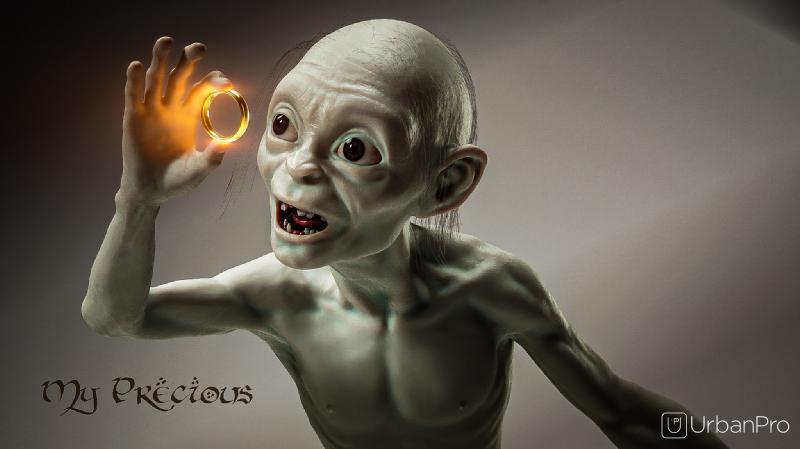V-Ray Cinematic Lighting Course (10 Weeks)
Course Duration: 10 Weeks
Mode: Online / Offline
Level: Beginner to Intermediate
Week 1: Introduction to Cinematic Lighting & V-Ray
- Understanding the fundamentals of cinematic lighting
- Overview of V-Ray and its interface in Maya/3ds Max
- Importance of light direction, contrast, and mood
- Exploring different types of V-Ray lights
Week 2: Essential Lighting Techniques
- Three-point lighting system in cinematics
- Key light, fill light, and rim light setup
- Understanding exposure and color temperature
- Working with V-Ray Rect Lights and Sphere Lights
Week 3: Realistic Light Behavior & Shadows
- Understanding light decay and falloff
- Soft vs. hard shadows for realistic depth
- Adjusting shadow properties in V-Ray
- Creating dramatic lighting using negative fill
Week 4: Cinematic Mood & Atmosphere
- Creating different moods (warm, cool, high contrast)
- Using fog and volumetric lighting for depth
- Nighttime and golden hour lighting setups
- Using Gobos and Light Textures for storytelling
Week 5: Photographic Approach to Lighting
- Understanding real-world cinematography techniques
- Using camera exposure settings in V-Ray
- Depth of field (DOF) and motion blur for realism
- Understanding Filmic Tone Mapping and LUTs
Week 6: Interior & Exterior Lighting for Films
- Natural lighting for indoor cinematic shots
- Simulating sunlight, moonlight, and artificial lights
- Balancing interior and exterior exposure
- Using V-Ray LightMix for dynamic lighting variations
Week 7: Character & Portrait Lighting in V-Ray
- Lighting setups for hero shots and close-ups
- Skin shading and SSS (Subsurface Scattering) in V-Ray
- Creating soft and diffused beauty lighting
- Enhancing facial details with rim and bounce light
Week 8: Advanced V-Ray Rendering & Optimization
- Using V-Ray Frame Buffer for post-processing
- Optimizing light samples for noise-free renders
- Understanding light path expressions (LPE)
- Improving render speed while maintaining quality
Week 9: V-Ray Compositing & Post-Production
- AOVs (Render Passes) for compositing
- Multi-light rendering for flexible adjustments
- Integrating renders into Nuke/Photoshop for final look
- Adding film grain and cinematic color grading
Week 10: Final Cinematic Shot & Portfolio Presentation
- Lighting a full cinematic shot from scratch
- Applying storytelling through light and shadow
- Rendering and compositing the final image
- Portfolio tips for film and CG industry professionals








